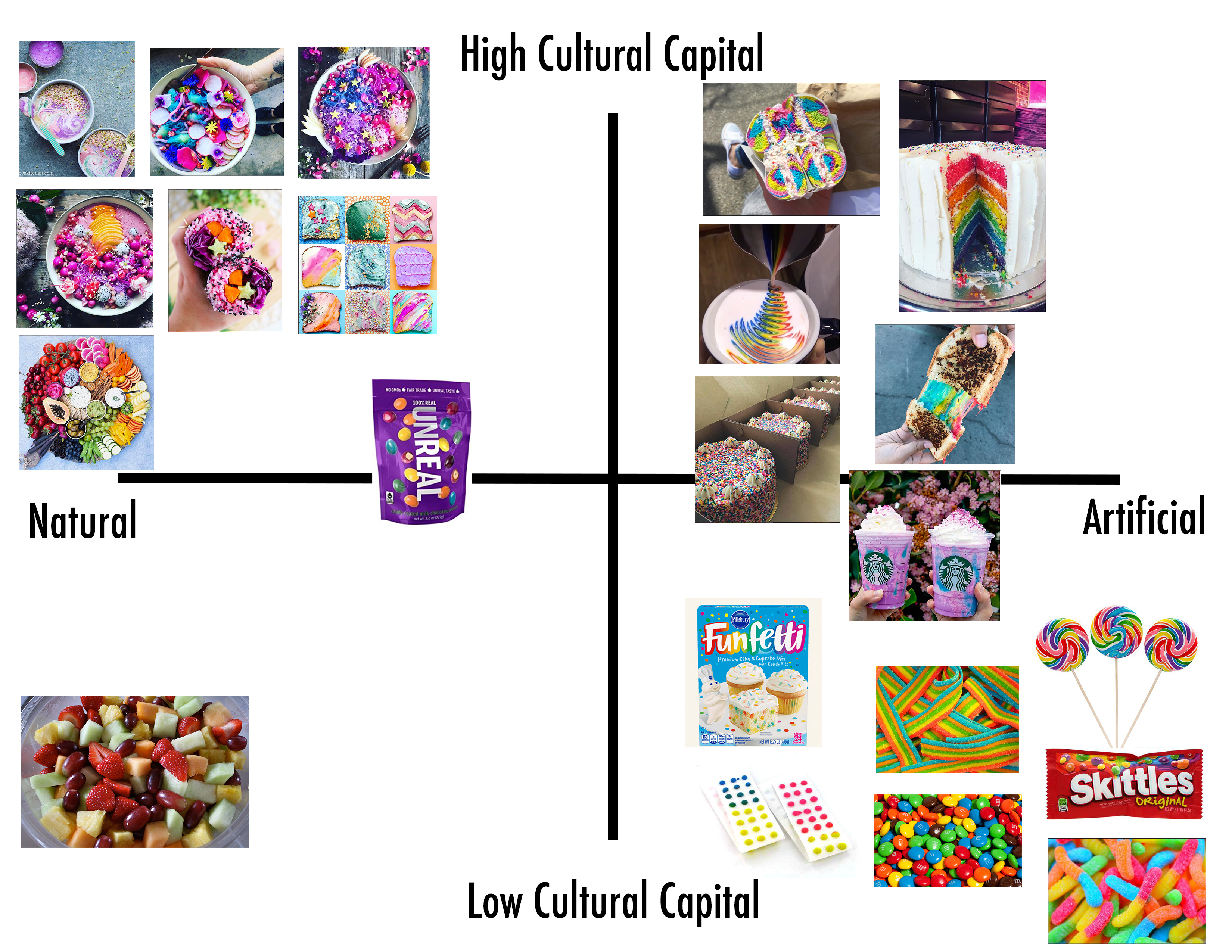Digital Field Work: A Call for Anthropological Research on Food’s Roles and Meanings in Social Media
Our summer blog series “Perspectives from Anthropology of Food” presents work written by the students in the summer Anthropology of Food class (ML 641) in which they reflect on current issues, discuss assignments they have worked on, or address topics of particular interest to them. Today’s post is from Gastronomy student Morgan Mannino.

My life as a Gastronomy student by night has started to seep into my role as a Senior Social Media Coordinator at America’s Test Kitchen by day. This summer in particular, I am enrolled in MET ML 641, Anthropology of Food, and have started to observe interactions that are happening online and to think about my role as a content producer through an anthropological lens. At face value, the world of social media and anthropological research may seem planets apart. And when one looks at what has been written, there is certainly a large gap between the traditional anthropological approach to what constitutes fieldwork and observation and what is happening online. However, many of the same concepts we’re exploring in Anthropology of Food—food as a system of communication, food being used to signify social relations and construct identity, feasting and commensality, etc.—are being enacted on social media. Thus, I am starting to see that there is a wealth of anthropological information that can be observed and analyzed through food’s role in social media. So, this is a call for anthropological fieldwork and observation to begin to address the value in applying an anthropological lens to food on social media. To start, I will present two examples that could make great research subjects.
This past year at America’s Test Kitchen we started a private Facebook group. We wanted to provide a place for our paying members to connect with each other, share their favorite ATK recipes, interact with cast members and staff, etc. A group like this (or really any food-focused Facebook group) could provide a wealth of information to an anthropologist. In our members group in particular, food is being used to express identity and status. One example of this is a thread where members have begun to post images of their kitchens and kitchen gadgets. These photos project members’ status as cooks—the more expensive or “professional” the gadgets or kitchen, the more they are perceived as better and more skilled home cooks to the group at large.
Food trends on social media are also rich places for studying the anthropology of food. The recent trend of “rainbow food” or “unicorn food” is a great example. Using Bourdieu’s concept of cultural capital, some questions to ask are: What does it mean when food transcends nourishment (or even taste-appeal or food-appeal) into pure spectacle? How is this trend gendered? How is status expressed through eating this food or even just taking pictures and sharing them? Here is a food map I created that begins to explore some of these questions about the trend of rainbow food on Instagram. In this map I used two variables: the y axis represents two poles of cultural capital, “high” vs. “low,” and the x axis represents two poles of material composition, “natural” vs. “artificial.” This is only one way to begin to analyze this trend, but already I was able to see how rainbow foods that are Instagrammed (the map also shows rainbow foods that aren’t Instagrammed to provide context) have high cultural capital, either because they are natural or, if they are artificial, their high cultural capital is derived from their exclusivity. This map help illustrates how rainbow food is a modern form of conspicuous consumption (on par with the sugar sculptures of Colonial England) and it is a fascinating example of identity and status being negotiated in food culture on social media today.
It’s also interesting, from the perspective of my work at America’s Test Kitchen, how meaning and identity are constructed through the rejection of food trends as well. Fans of America’s Test Kitchen in particular may shape their identity as cooks who are “above” food trends and instead look to mastering technical skills and/or iconic, classic recipes to inform and express their status as cooks instead.
In conclusion, there is wealth of information that can be learned by applying anthropological research practices to the ways we are expressing food meaning on social media. From private cooking groups to rainbow food, we’re negotiating identity, status, gender roles, and meaning through food images online.